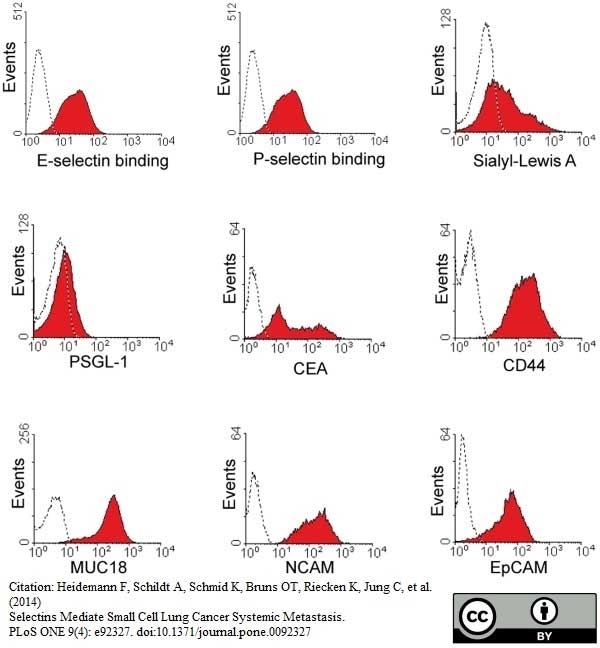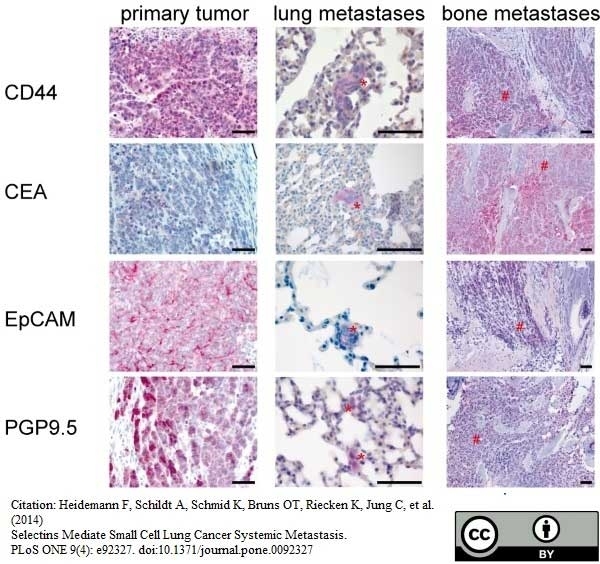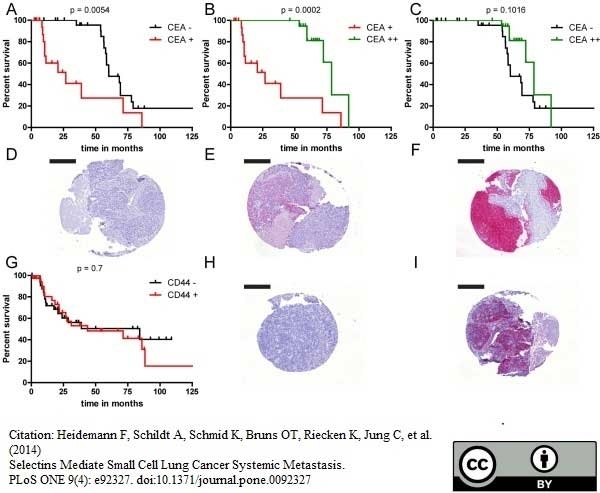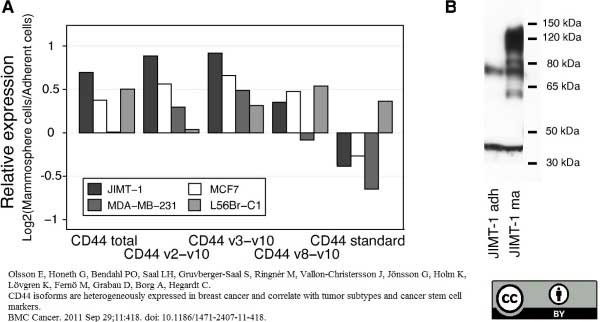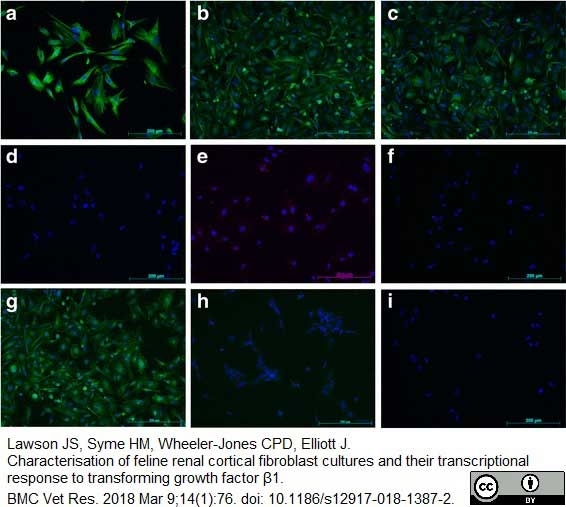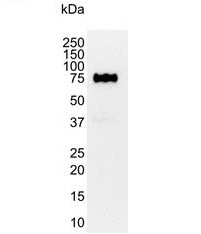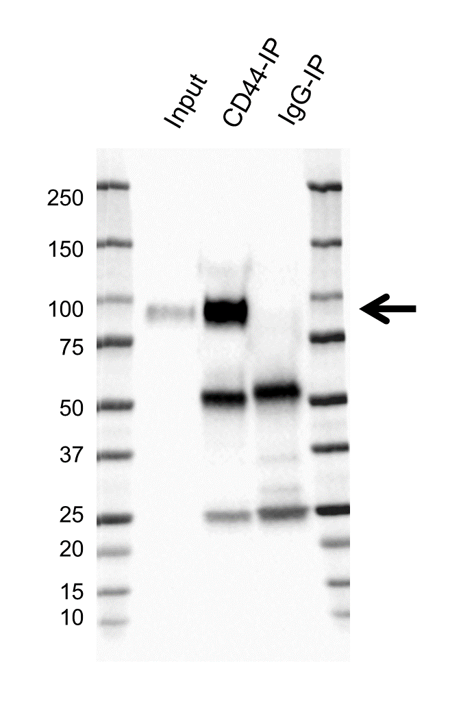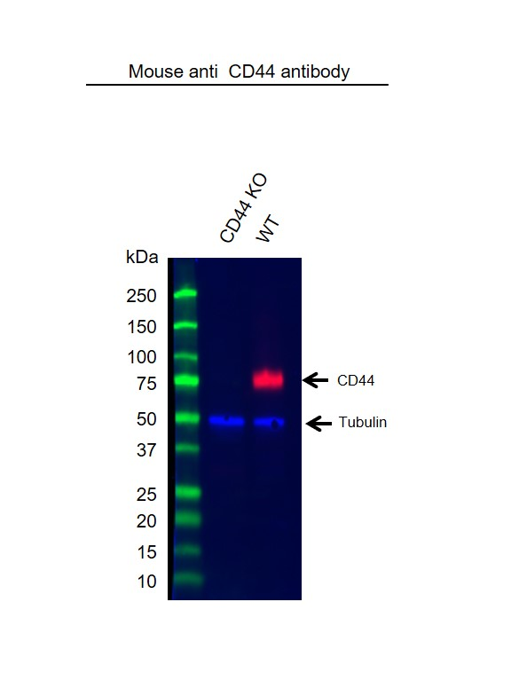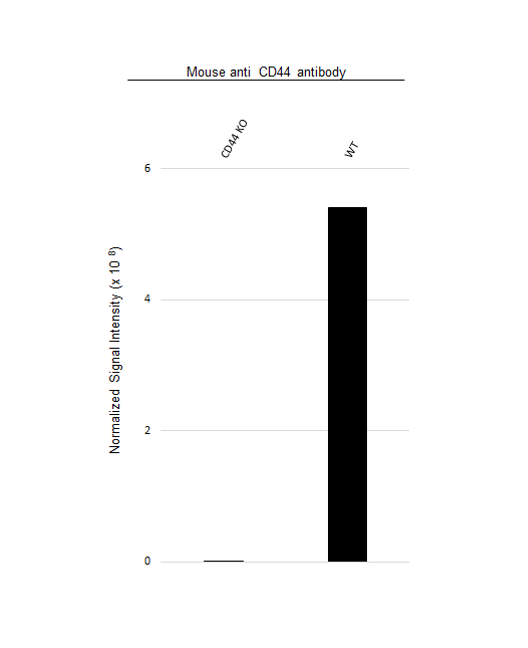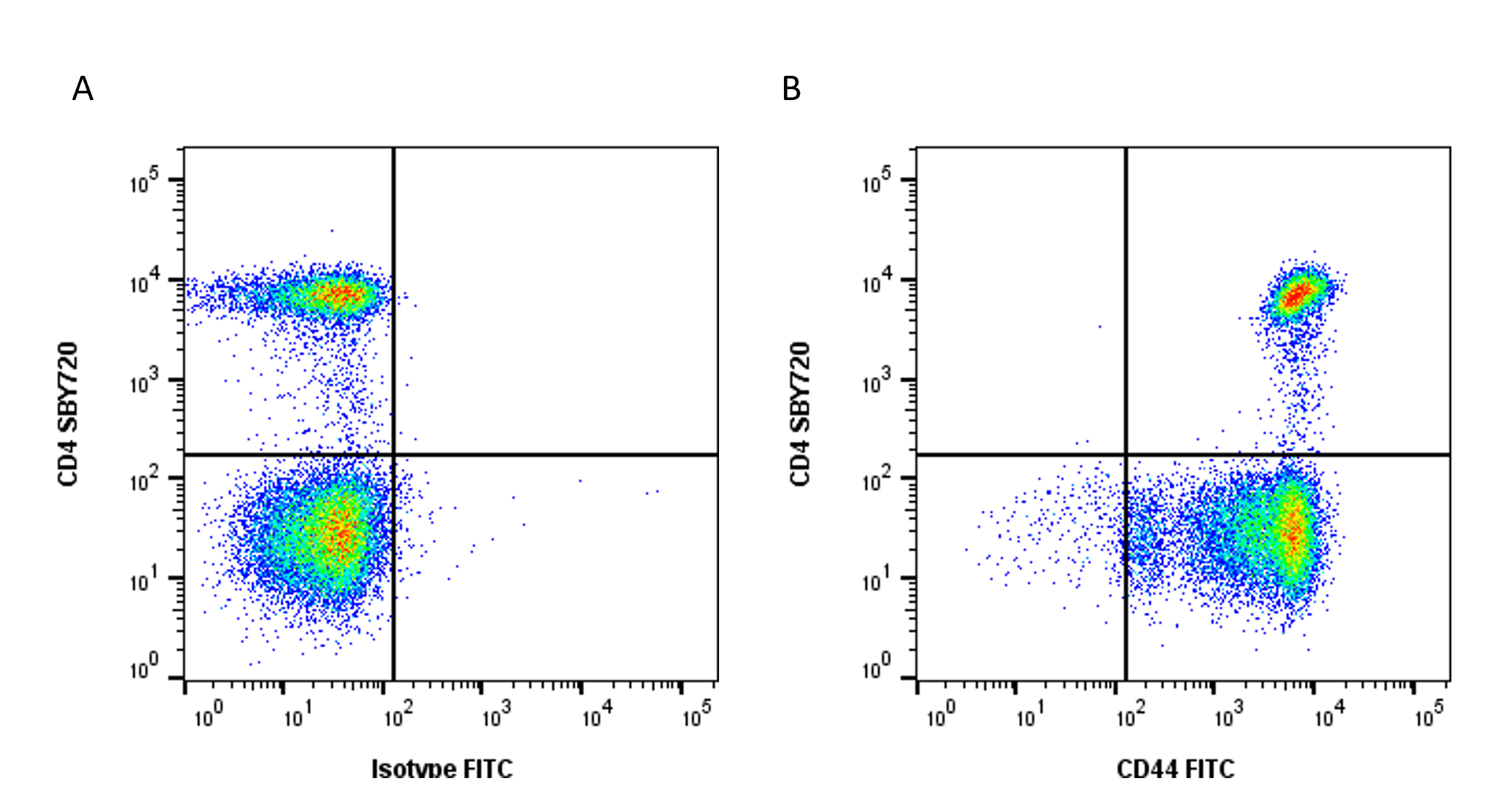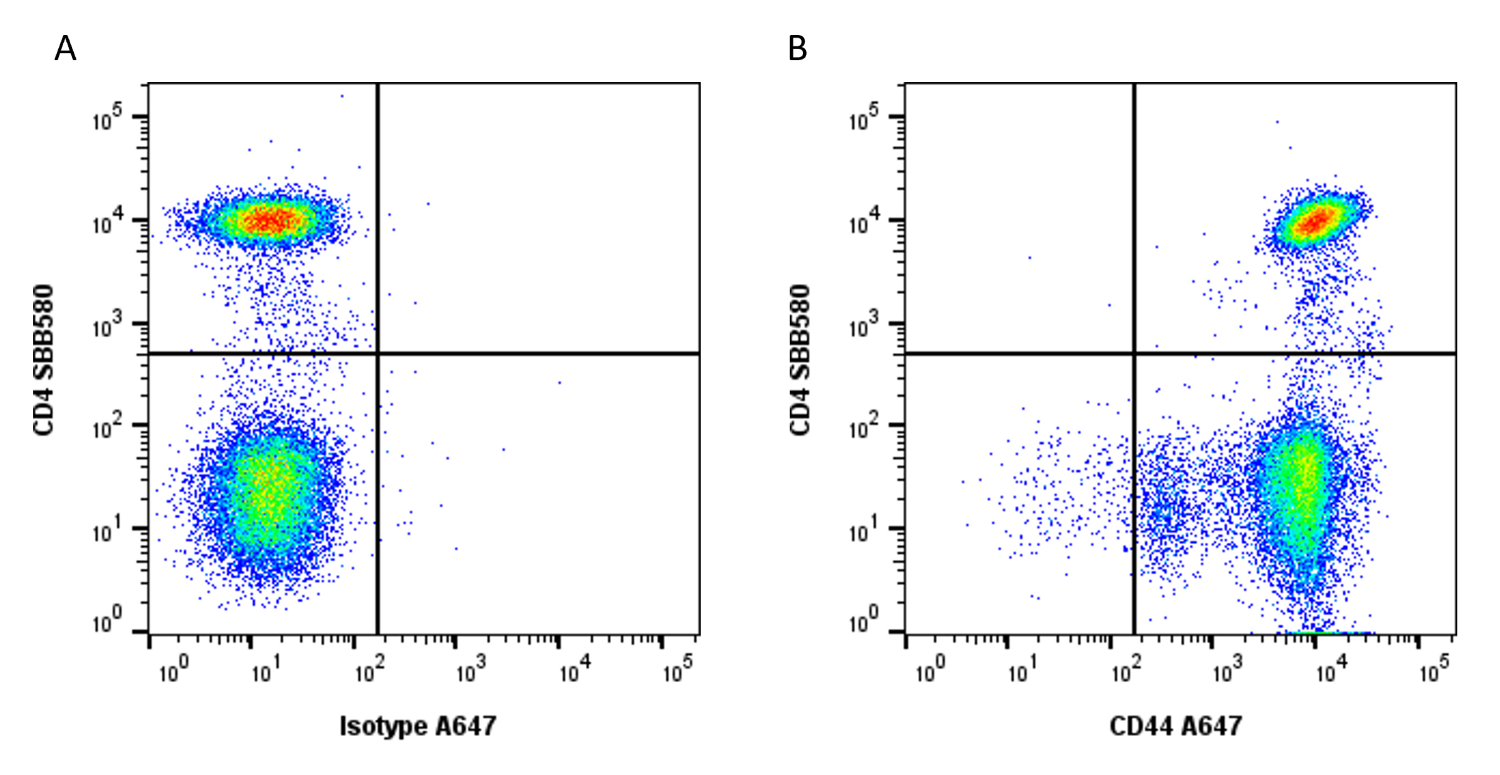CD44 antibody | 156-3C11











Mouse anti Human CD44
- Product Type
- Monoclonal Antibody
- Clone
- 156-3C11
- Isotype
- IgG2a
- Format
- Purified
- Specificity
- CD44
| Mouse anti Human CD44 antibody, clone 156-3C11 recognizes human Phagocytic glycoprotein 1 also known as CD44, HCAM or CD44s. CD44 is a ~90 kDa single pass type I transmembrane glycoprotein. Various isoforms of CD44 exist due to differential expression of exon products form the membrane proximal region of the extracellular domain. Mouse anti Human CD44 antibody, clone 156-3C11 recognizes the ~90 kDa standard form lacking any of the alternative spliced products, the clone is expected to recognize all isoforms of CD44. CD44 is expressed on leucocytes, erythrocytes, white matter of the brain and some epithelial cells of the breast and small intestine. Antibodies produced by clone 156-3C11 recognise epitope 3, defined as a protease resistant epitope on the CD44 molecule (CD44 and CD45R Cluster report. In Leucocyte Typing V. White cell differentiation antigens. Eds Schlossman, S.F. et al). CD44 is a receptor for hyaluronic acid (HA) and is involved in cell-cell interactions, cell adhesion and migration (Lesley et al. 1990). CD44 also participates in a wide variety of cellular functions including lymphocyte activation, recirculation and homing (Shimizu et al. 1989). CD44 expression may be up-regulated upon some carcinomas, and it has been speculated that this may be related to metastatic potential (East and Hart 1993). |

|
- Target Species
- Human
- Western Blotting
- MCA2726 detects a band of approximately 80kDa in HeLa cell lysates.
- Species Cross-Reactivity
-
Target Species Cross Reactivity Baboon African green monkey Cat - N.B. Antibody reactivity and working conditions may vary between species.
- Product Form
- Purified IgG - liquid
- Preparation
- Purified IgG prepared by affinity chromatography on Protein A from tissue culture supernatant
- Buffer Solution
- Phosphate buffered saline
- Preservative Stabilisers
0.09% Sodium Azide (NaN3) - Carrier Free
- Yes
- Immunogen
- Stimulated human leucocytes.
- Approx. Protein Concentrations
- IgG concentration 1.0mg/ml
- Regulatory
- For research purposes only
- Guarantee
- 12 months from date of despatch
- Acknowledgements
- PrecisionAb is a trademark of Bio-Rad Laboratories
Avoid repeated freezing and thawing as this may denature the antibody. Storage in frost-free freezers is not recommended.
| Application Name | Verified | Min Dilution | Max Dilution |
|---|---|---|---|
| Flow Cytometry | 1/50 | 1/100 | |
| Immunofluorescence | |||
| Immunohistology - Frozen | 1/100 | ||
| Immunohistology - Paraffin 1 | 1/100 | ||
| Immunoprecipitation | |||
| Western Blotting |
- 1This product requires antigen retrieval using heat treatment prior to staining of paraffin sections.Sodium citrate buffer pH 6.0 is recommended for this purpose.
The PrecisionAb label is reserved for antibodies that meet the defined performance criteria within Bio-Rad's ongoing antibody validation programme. Click here to learn how we validate our PrecisionAb range. Where this antibody has not been tested for use in a particular technique this does not necessarily exclude its use in such procedures. Suggested working dilutions are given as a guide only. It is recommended that the user titrates the antibody for use in their own system using appropriate negative/positive controls.
- Flow Cytometry
- Use 10ul of the suggested working dilution to label 1x106 cells in 100ul.
- Histology Positive Control Tissue
- Human tonsil.
| Description | Product Code | Applications | Pack Size | List Price | Your Price | Quantity | |
|---|---|---|---|---|---|---|---|
| Mouse IgG2a Negative Control | MCA929 | F | 100 Tests |
|
Log in | ||
| List Price | Your Price | ||||||
|
|
Log in | ||||||
| Description | Mouse IgG2a Negative Control | ||||||
References for CD44 antibody
-
Denning, S.M. et al. (1995) CD44 and CD45R Cluster report.
In Leucocyte Typing V. White cell differentiation antigens. Eds Schlossman, S.F. et al. Oxford University Press. Volume 2,AS10:1713 – 1719 -
Olsson, E. et al. (2011) CD44 isoforms are heterogeneously expressed in breast cancer and correlate with tumor subtypes and cancer stem cell markers.
BMC Cancer. 11: 418. -
Alves, C.S. et al. (2009) Biomolecular characterization of CD44-fibrin(ogen) binding: distinct molecular requirements mediate binding of standard and variant isoforms of CD44 to immobilized fibrin(ogen).
J Biol Chem. 284: 1177-89. -
Heidemann, F. et al. (2014) Selectins mediate small cell lung cancer systemic metastasis.
PLoS One. 9(4):e92327. -
Zhang, D. et al. (2016) Screening and Identification of a Phage Display Derived Peptide That Specifically Binds to the CD44 Protein Region Encoded by Variable Exons.
J Biomol Screen. 21 (1): 44-53. -
Zhang, P. et al. (2014) CD44 variant, but not standard CD44 isoforms, mediate disassembly of endothelial VE-cadherin junction on metastatic melanoma cells.
FEBS Lett. 588 (24): 4573-82. -
Pinto, F. et al. (2014) T-box transcription factor brachyury is associated with prostate cancer progression and aggressiveness.
Clin Cancer Res. 20 (18): 4949-61. -
Afonso, J. et al. (2015) CD147 and MCT1-potential partners in bladder cancer aggressiveness and cisplatin resistance.
Mol Carcinog. 54 (11): 1451-66.
View The Latest Product References
-
Lawson, J.S. et al. (2018) Characterisation of feline renal cortical fibroblast cultures and their transcriptional response to transforming growth factor β1.
BMC Vet Res. 14 (1): 76. -
Lawson, J.S. et al. (2019) Characterisation of Crandell-Rees Feline Kidney (CRFK) cells as mesenchymal in phenotype.
Res Vet Sci. 127: 99-102. -
Lara, M.L. et al. (2023) Influence of culture conditions on the secretome of mesenchymal stem cells derived from feline adipose tissue: Proteomics approach.
Biochimie. 211: 78-86. -
Tiraihi, T. et al. (2023) A Sequential Culturing System for Generating Epithelial-Like Stem Cells from Human Mesenchymal Stem Cells Derived from Adipose Tissue
Cell Tiss Biol. 17 (6): 639-52.
MCA2726
If you cannot find the batch/lot you are looking for please contact our technical support team for assistance.
Please Note: All Products are "FOR RESEARCH PURPOSES ONLY"
View all Anti-Human ProductsAlways be the first to know.
When we launch new products and resources to help you achieve more in the lab.
Yes, sign me up